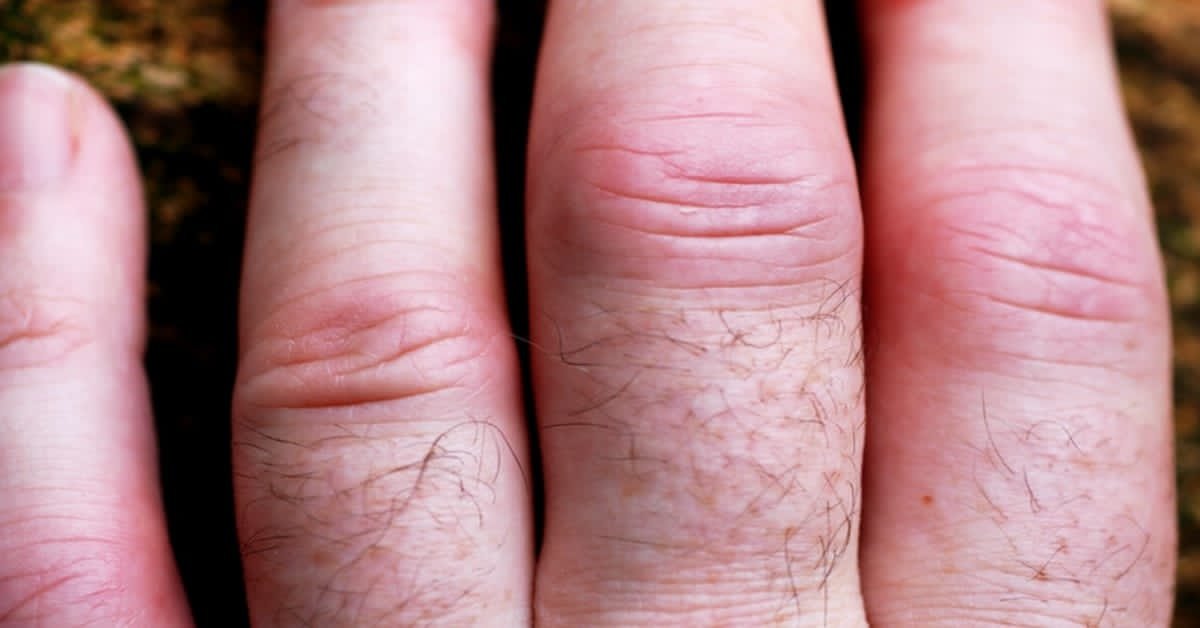
Table of Contents
Rheumatoid arthritis is an autoimmune disease with a familial disposition. Studies have shown it affects 2 to 3 times more women than men which the National Institute of Arthritis and Musculoskeletal and Skin Diseases suggests may be due to the effect of reproductive and hormonal factors in women.
The disease undergoes four clinical stages starting from synovitis (synovial membrane inflammation) in stage 1 to bony ankylosis in the 4th stage. Between the two stages are the Pannus(stage 2) and fibrous ankylosis(stage 3).
These stages, especially stages 2 to 4, represent periods in the disease progression when the symptoms are seen to be consistent with those of rheumatoid arthritis.
However, most of what you may feel as early signs of rheumatoid arthritis are shared with so many other disease processes or ailments. Therefore, making a diagnosis for rheumatoid may be difficult at such a time until more definite signs and symptoms begin to emerge.
What are the early warning signs of Rheumatoid Arthritis?
Some of the early signs are the direct result of underlying systemic inflammation and are usually not attributed to rheumatoid arthritis by the time they show up. These and some other early signs of the disease are highlighted below.
6 earliest signs of Rheumatoid Arthritis(RA).
These are a couple of the first signs you do experience but which will leave you with no clue of what is coming. Most other medical conditions share very similar signs. For this reason, it may be challenging for your doctor to suspect rheumatoid arthritis at this phase of its development even if you have a family history of it.
1. Serious Fatigue: The level of fatigue rheumatoid disease comes with is much worse than what you may have ever felt from physical exhaustion or sleep deprivation. The relationship between inflammation and the level of fatigue in rheumatoid patients is not well understood but it is believed to be worse in women according to a study.1
According to a study,2 fatigue is believed not to be the result of a direct effect of the disease. For this reason, its remedy has remained elusive but a non-medical approach may be effective according to available data.
2. Mild fever: Mild or low-grade fever is another one of the signs that you may feel long before symptoms typical of rheumatoid arthritis start to manifest even in juvenile cases according to the New England Journal of Medicine (NEJM). Fever is common with a heightened immune response to foreign matter or infections in the body.
However, in rheumatoid arthritis, it is the body’s tissues that are mistaken for foreign matter. The fever associated with rheumatoid doesn’t get so high which helps differentiate it from real infections caused by pathogens( Infectious organisms).
3. Unexplained weight loss: This is yet a very early sign that may not be initially associated with rheumatoid arthritis till other symptoms begin to manifest. With high-level fatigue, inflammation, and fever, the loss of appetite for food follows as is obtainable in other cases of illness.
Following a reduction in calorie intake due to the loss of appetite, weight loss becomes inevitable. Weight loss is a predictor of mortality in rheumatoid arthritis according to research published in the Journal of the American College of Rheumatology.3 This view has been supported by other research and it has been taken to be a strong predictor of death in rheumatoid arthritis patients.
4. Myalgia or body pain: With rheumatoid arthritis, there is generalized hyperalgesia in the body.4 This is common with illnesses associated with fever, and inflammation. Hyperalgesia describes a state where there is an amplified bodily response to stimuli or pain. During such times things that on a good day shouldn’t result in pain feel painful.
5. Malaise: There is a feeling of illness without obvious cause. With all the previously highlighted signs like fatigue, fever, and body pains, malaise sums up their combined effect on you and is a well-known clinical feature of rheumatoid arthritis according to the European Journal of Radiology.5
6. Paresthesia and Numbness: This is a feeling of numbness and tingling sensation. It happens with the spread of inflammation to the nerves. Numbness and paresthesia may be felt in the hands or feet where they may be described as carpel tunnel or tarsal tunnel syndrome.6
Do keep in touch by subscribing to our newsletter:
5 more signs or symptoms of RA.
By this time the disease is becoming clearer, especially for someone with a family history of it. By the following signs or symptoms, your healthcare provider will already have an idea of what to suspect.
If these signs have taken a few months or weeks to manifest with symmetrical affectation, it points to an autoimmune disease like rheumatoid arthritis. For one that has taken several years to reach this point, a degenerative condition like osteoarthritis could be suspected as the two conditions can be distinguished by their symptoms.
1. Joint warmth and redness: These are both components of inflammation and there are four such features. With the level of systemic inflammation associated with the disease, these should be expected.
These happen as the immune system begins to wreak havoc on the lining of the joint. It leads to synovitis(Inflammation of the synovial membrane) and the joint becomes warm to the touch. The skin around the joint turns red too. The extent of the warmth and redness will be commensurate with the level of the underlying inflammation.
2. Joint pain or tenderness: These are caused by the inflammation resulting from the gradual destruction of the synovium and abnormalities in the central nervous system pain processing mechanism caused by the disease as researched.7 Due to the second factor, pain may remain a problem even after inflammation has been controlled.
3. Joint stiffness: As the disease progresses, at a point you’ll begin to experience joint stiffness that’s normally worse in the mornings but clears as you get active in the day. Stiffness can be observed in the day after a time of inactivity The time it takes for the stiffness to get better will increase as rheumatoid arthritis worsens.
4. Joint swelling: Swelling is another component of inflammation physically observable in rheumatoid arthritis. The swelling is localized around the joint unlike in psoriatic arthritis where it’s more widespread.
The level of swelling you’ll get is directly proportional to the severity of the underlying inflammation.
5. Symmetry: The signs and affectation of rheumatoid in the joints will be symmetrical. By this I mean it usually occurs on the same joints on both sides of your body. This sets it apart from some other joint diseases like osteoarthritis.
Early signs of Rheumatoid Arthritis in the hands or fingers.
Rheumatoid arthritis usually starts from the small joints of your body especially the metacarpophalangeal joints(the joints linking your finger bones or phalanges to the bones of your hands called metacarpals). From there the next joint could be your proximal interphalangeal joints or knuckles and then your wrist. It often spares the distal interphalangeal joints which is the last joint before the tip of your fingers.
As the synovial membrane that lines these joints gets attacked leading to synovitis, the skin around the joint turns red and becomes tender on palpation. The inflammatory process will also lead to joint swelling, warmth, and pain. The joint starts to feel stiff when you try to move them especially in the morning or after a prolonged rest.
There will be no radiological evidence of deformities or bone damage at this early stage despite all the pain and discomfort. Effective treatment can prevent deformities and send the disease into remission.
Early signs of Rheumatoid Arthritis in the feet and ankles.
Just as in the metacarpophalangeal joints of the hands, rheumatoid arthritis often starts with the metatarsophalangeal joints of the feet. This is where the bones of your toes(phalanges) form a joint with the bones of your feet(metatarsals).
From there it spreads to your proximal interphalangeal joint which is the first joint in your toes before the last one closest to the tip of your toes. Your ankle joint may not be left out as it could become the next target.
Expected signs of early rheumatoid arthritis in your feet include:
- Warmth,
- Redness,
- Tenderness,
- Swelling,
- Pain, and
- Stiffness.
Early signs of Rheumatoid Arthritis in knees.
Being a large joint. the knees aren’t among the first joints of choice for rheumatoid arthritis but it eventually affects it. Before it affects the knees you may already have become a known rheumatoid patient. You do have had all the systemic signs in place plus the affectation of the smaller joints.
The signs you do have at the knees are similar to what you may have experienced with the smaller joints such as warmth, redness, swelling, pain, tenderness, and stiffness.
At this point, your X-ray examinations won’t reveal any bone damage. Deformities or permanent bone damage happen at much later stages of the disease.
Let us know in the comment section if you have any questions or contact us via email. You may also be interested in reading about septic knee arthritis or swollen knee from arthritis.
- Nikolaus, S., Bode, C., & Taal, E. (2013). Fatigue and Factors Related to Fatigue in Rheumatoid Arthritis: A Systematic Review. Arthritis Care & Research, 65(7), 1128-1146. https://doi.org/10.1002/acr.21949 ↩︎
- Katz, Patricia. Causes and consequences of fatigue in rheumatoid arthritis. Current Opinion in Rheumatology 29(3):p 269-276, May 2017. | DOI: 10.1097/BOR.0000000000000376 ↩︎
- England, B. R., Baker, J. F., Sayles, H., Michaud, K., Caplan, L., Davis, L. A., Cannon, G. W., Sauer, B. C., Solow, E. B., Reimold, A. M., Kerr, G. S., & Mikuls, T. R. (2017). Body Mass Index, Weight Loss, and Cause-Specific Mortality in Rheumatoid Arthritis. Arthritis Care & Research, 70(1), 11-18. https://doi.org/10.1002/acr.23258 ↩︎
- Edwards, R.R., Wasan, A.D., Bingham, C.O. et al. Enhanced reactivity to pain in patients with rheumatoid arthritis. Arthritis Res Ther 11, R61 (2009). https://doi.org/10.1186/ar2684 ↩︎
- Grassi, W., De Angelis, R., Lamanna, G., & Cervini, C. (1998). The clinical features of rheumatoid arthritis. European Journal of Radiology, 27, S18-S24. https://doi.org/10.1016/S0720-048X(98)00038-2 ↩︎
- Barnes, C. G., & Currey, H. L. (1967). Carpal tunnel syndrome in rheumatoid arthritis. A clinical and electrodiagnostic survey. Annals of the Rheumatic Diseases, 26(3), 226-233. https://doi.org/10.1136/ard.26.3.226 ↩︎
- Zhang, A., Lee, Y.C. Mechanisms for Joint Pain in Rheumatoid Arthritis (RA): from Cytokines to Central Sensitization. Curr Osteoporos Rep 16, 603–610 (2018). https://doi.org/10.1007/s11914-018-0473-5 ↩︎

























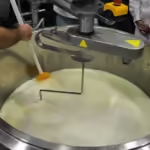




















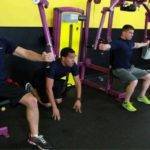
























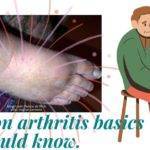



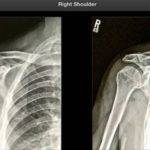

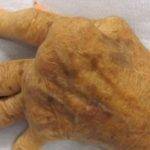

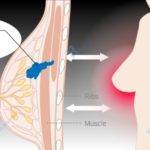
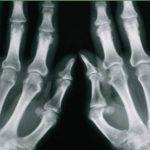
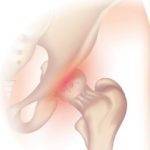








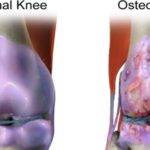
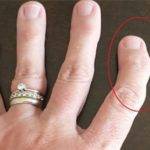
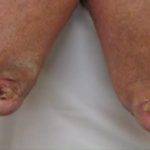
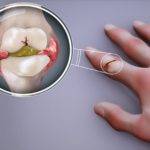












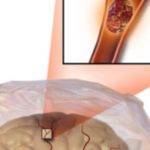
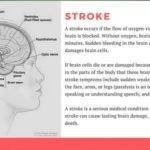
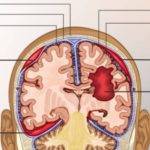
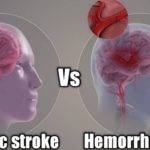
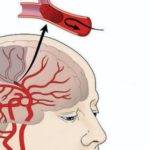














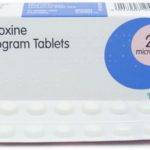




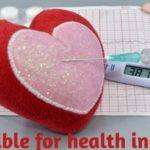



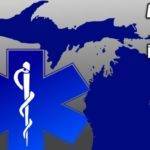



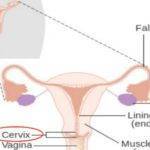
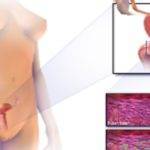

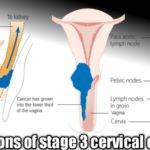
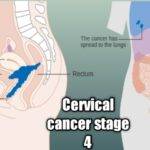
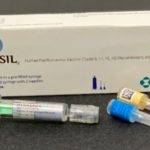


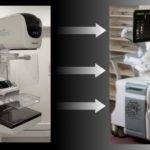
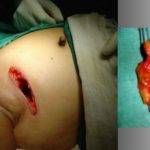

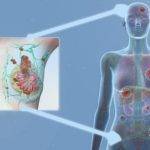

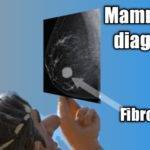

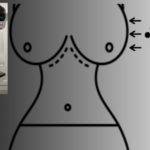
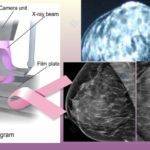
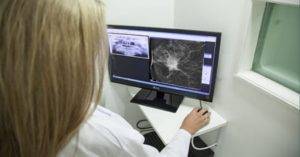
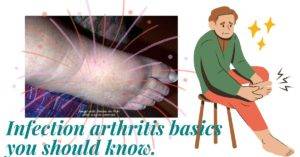
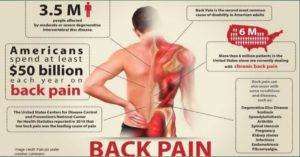

Wow that was odd. I just wrote an extremely long comment but after I clicked submit my comment didn’t appear. Grrrr… well I’m not writing all that over again. Anyway, just wanted to say wonderful blog!